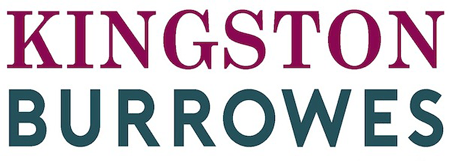The recommendation is every new business start-up should prepare a Business Plan as this helps to clarify the business idea, identify the market and understand what resources will be needed to get going. However, despite this recommendation, statistically, still more than 70% of businesses do not plan more than one month ahead. This does not necessarily mean that they will fail at the first hurdle, but it does make their sustainability and growth prospects far more challenging.
In all cases, though, any entrepreneur who has started a business that has been trading for 12 months or more has succeeded in creating a business model which, likely, has the potential for growth. What is also likely, though, is that they don’t know how to develop this model to achieve their future objectives. The initial phase of business start-up can be chaotic and unstructured with the business owner(s) frequently operating on an ad-hoc, day-to-day basis hoping to push the business in a forward direction. As time goes on, though, even if they don’t realise it, a business model does begin to come together and, at some stage, it is necessary to assess this to understand the direction the business is going.
The Business Model Canvas
One way of assessing the business model is by using the Business Model Canvas, created by Alexander Osterwalder, a Swiss business theorist and entrepreneur. When used, it is an extremely useful tool which leads to insights about the customers being served, what value propositions are offered through what channels, and how the business makes money. The canvas is based on nine segments and is a way to show the key elements of any business and the inter-relationships between them on a single sheet of paper.
So how can the Business Model Canvas be used when considering business growth? Well, firstly, by completing the nine segments of the Canvas for the business as it is now, a clear understanding of the present model can be achieved. The second stage of the process requires thought about future objectives and some “blue sky” thinking to re-design the first model to create a second Model Canvas which gives an insight into how the business will operate after the future objectives are achieved. By then comparing the two models, the business owner(s) will understand what changes need to be made e.g. resources, finance, market, to achieve successful growth.
Business Modelling Support
Successful business modelling requires objective, analytical assessments of all nine segments and, as often entrepreneurs tend to be more emotional and subjective about their businesses, Osterwalder offers one key tip – don’t go it alone. Instead, seek the help of colleagues and a good business mentor or coach who will brainstorm ideas with you and help you qualify your thoughts and plans.
Guest post contributed by Jerry Irving of Thameside Enterprise




